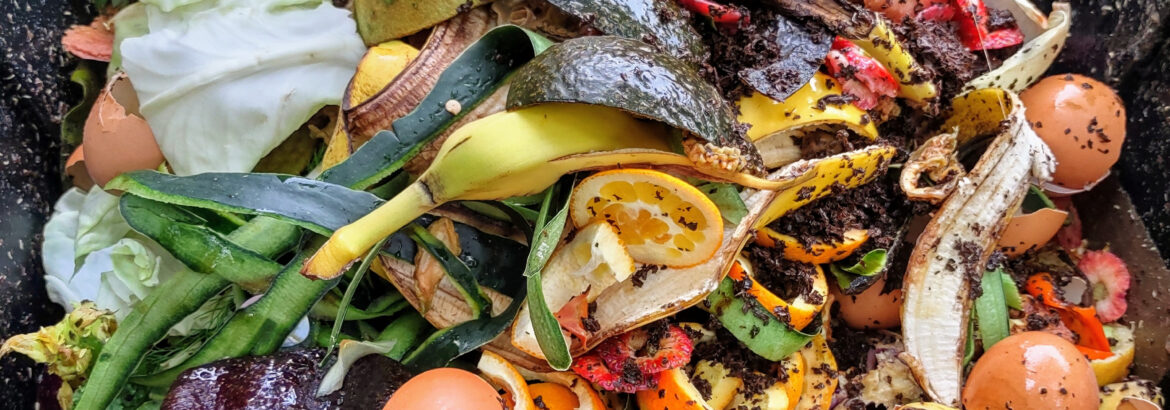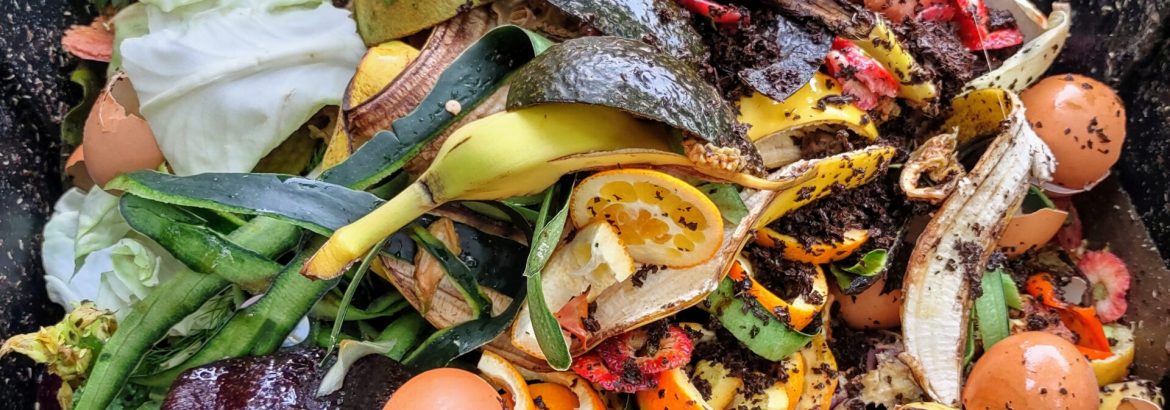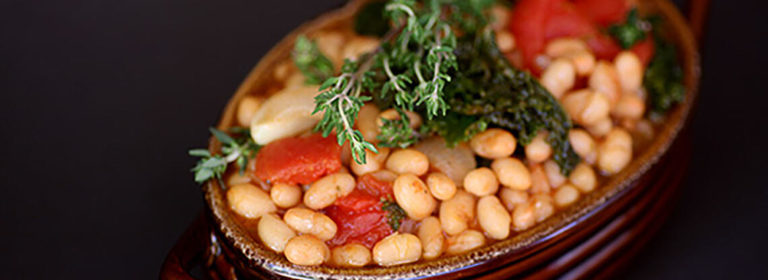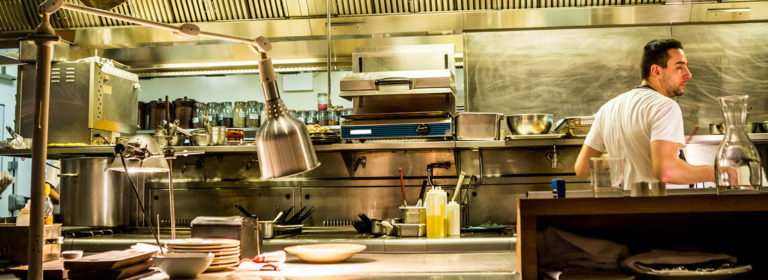With inflation a serious concern and restaurant food waste estimated at 4-10%*, operators are advised to manage ingredients wisely to reduce carbon footprints, increase restaurant cost controls, and maximize profitability.
- Proper Storage: It’s important to know where various products should be stored in coolers, and at what temperatures, to prevent them from spoiling. Markon offers laminated back-of-house posters that can be hung on cooler doors for quick reference. Ask your sales rep for copies.
- FIFO: In addition to storing in the correct cooler regions, it’s critical to employ the First In, First Out method to ensure that ingredients are used by their expiration dates. Unusable product is money in the garbage. Always train kitchen staff on proper receiving and storage procedures.
- Ready-Set-Serve: Markon’s value-added line includes hundreds of choices of lightly prepped and fully prepped, pre-cut, pre-packaged products that provide efficiency in your kitchen while helping you deliver high quality, consistent plated recipes. With up to 30% yield improvement on average, using these items reduces labor and waste costs—taking the focus off preparing produce and puts it back on creativity.
- Cross-Utilize Ingredients: Ordering items that can be used in multiple recipes across all dayparts will increase the likelihood of usage. For instance, bell peppers can be included in omelets, salads, salsas, sauces, soups, pastas, and pizzas, reducing SKUs and ensuring lower prices through bulk ordering.
- Seasonality: Although many ingredients are available year-round, focusing on items that are in season from a culinary perspective will increase orders and reduce waste. For instance, winter squash is always on the market, but most customers crave lighter recipes during the spring and summer. Changing menus to reflect these wants and needs will increase orders and lower shrink.
- Specials & LTOs: These types of frequent promotions are an ideal way to repurpose excess inventory and avoid throwing ingredients away.
* International Journal of Applies Management & Technology




